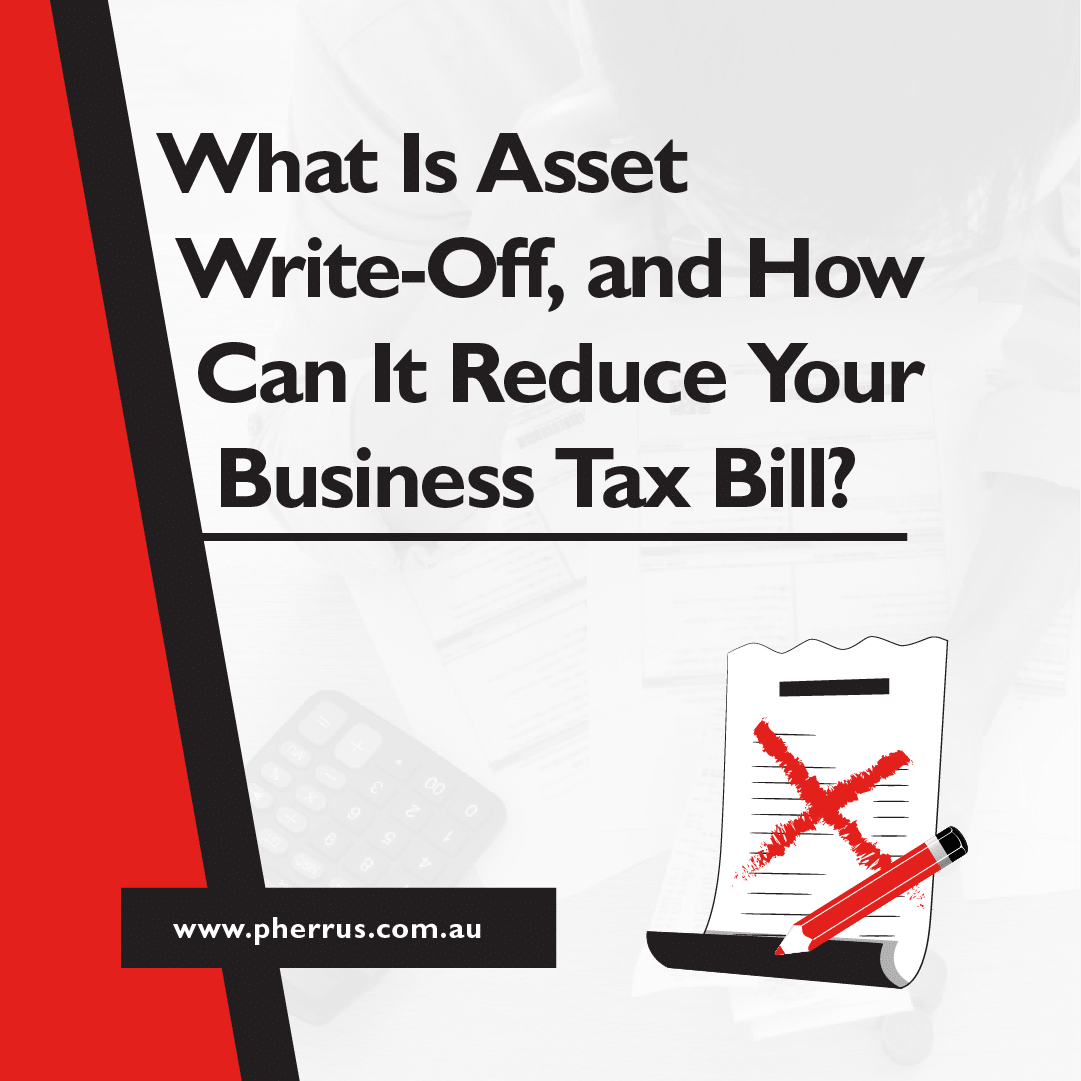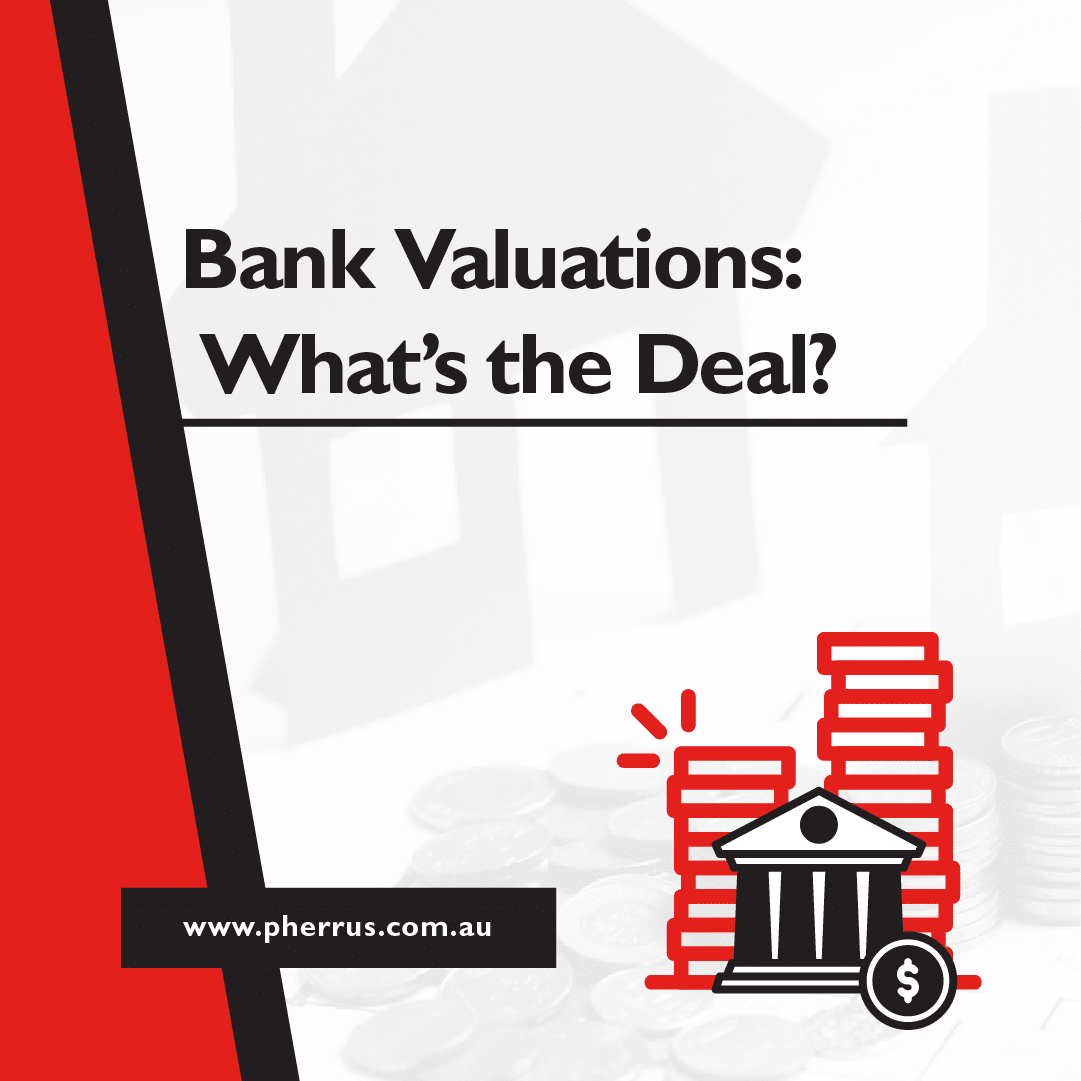Are you tired of watching your business’s hard-earned profits get swallowed up by taxes?
There’s a strategic way to keep more money in your pocket and less in the Australian Taxation Office’s.
Asset write-offs aren’t just a perk; they’re a game changer for significantly reducing a business’s tax burden.
Is your business eligible for asset write-offs? And if so, how can you maximise them? Let’s find out!
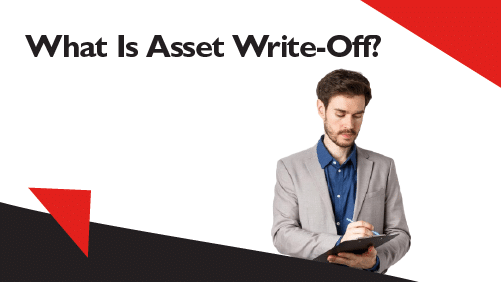
What Is Asset Write-Off?
An asset write-off is a tax deduction that allows you to account for the cost of wear and tear on business assets over time.
You can deduct the declining value of assets you use for business purposes from your taxable income, reducing your overall tax burden.
There are two key asset write-offs: standard asset depreciation and instant asset write-offs.
Standard asset depreciation is the gradual deduction of an asset’s cost over its useful life.
It spreads the impact of the expense across several years, reflecting the asset’s diminishing value as it ages and is used.
Instant asset write-off involves deducting the entire cost of an asset from a business’s taxable income in the year it was purchased and put to use to reduce the business’s overall tax liability for that year.
What Isn’t an Asset Write-Off?
It can be easy to confuse assets that can be written off with operational expenses that cannot.
Here are some expenses that are not considered asset write-offs for businesses.
- Operational expenses (rent, utilities, office supplies)
- Personal expenses
- Leased assets or assets for personal use
- Land and buildings
- Building improvements or structural enhancements
- Repairs and maintenance
- Inventory
- Salaries and wages
- Expenses for entertaining clients or employees
- Fines and penalties
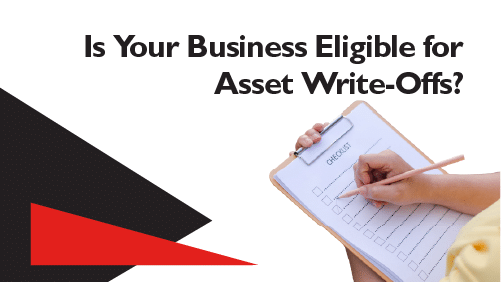
Is Your Business Eligible for Asset Write-Offs?
According to the ATO, your business’s eligibility for instant asset write-offs depends on
- Its aggregated turnover (the total combined revenue of your business and all its affiliated entities)
- The asset’s purchase date
- The asset’s usage or installation date
- The asset’s cost being less than the threshold set by the ATO
Types of Assets That Qualify
Generally, assets that qualify for write-offs are tangible, depreciable, and used entirely or primarily for business purposes.
- Manufacturing machinery, computers, and office equipment
- Cars, trucks, and motorcycles used for business operations
- Office furniture and fittings
- Business software that’s depreciable over its effective life

How Do Asset Write-Offs Benefit Your Business?
Standard Asset Depreciation
As standard asset depreciation lets your business spread the cost of an asset over its useful life, you’ll benefit from smaller, consistent tax deductions each year.
This write-off method also helps stabilise your business’s financial planning by providing predictable tax relief annually.
As an example, if your business purchases a piece of machinery for $10,000 with an expected lifespan of 10 years, it can claim $1,000 as a depreciation expense each year.
Instant Asset Write-Offs
Instant asset write-offs mean deducting the full cost of an asset from your business’s taxable income the year it’s purchased and used to decrease your tax payable that year.
This write-off option helps improve cash flow in the short term, which can be particularly helpful for smaller businesses that need to make substantial purchases.
To use the same example as above, if your business purchases a piece of machinery for $10,000 and can write off the entire amount in the year of purchase, it would reduce your business’s taxable income by $10,000 that year.
Asset Write-Off Incentives from the ATO
The Australian Government proposed a temporary increase in the instant asset write-off threshold to $20,000, effective from July 1, 2023, to June 30, 2024.
Under this proposal, small businesses with an annual turnover of less than $10 million can immediately deduct the full cost of eligible assets under $20,000 that are put into use or installed by June 30, 2024.
The $20,000 threshold would apply to each asset individually, allowing businesses to claim immediate deductions for multiple eligible purchases.
Assets costing $20,000 or more will be depreciated at 15% in the first year and 30% in subsequent years.
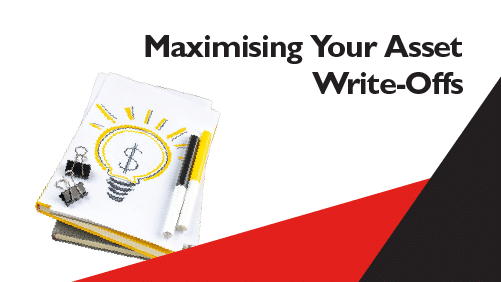
Maximising Your Asset Write-Offs
Consider implementing these strategies to maximise your asset write-offs.
- Plan purchases strategically: Buy assets towards the beginning of the financial year to maximise the duration of depreciation benefits within that year. For instant write-offs, time large purchases when you anticipate higher profits to offset the taxable income.
- Understand eligibility criteria: Stay updated on which assets are eligible for instant write-offs and the thresholds set by the ATO so you don’t miss out on any opportunities for immediate deductions.
- Keep detailed records: For ATO compliance and smoother audit processes, keep records of all asset purchases, including receipts, proof of payment, and usage logs.
- Review your asset inventory: Identify old or unused items that can be sold or disposed of to write off these assets and reinvest in more productive ones.
- Consult tax advisers: These professionals can give you advice tailored to your business’s circumstances and help you stay up to date with changes in tax legislation.
Mastering Asset Write-Offs With the Pherrus Playbook for Profit
Are you ready to turn the tables on your tax bill? Asset write-offs are the answer.
Our expert tax consultants can advise and guide you on making the most of asset write-offs for the biggest savings.
They’ll navigate the complexities of tax rules, offer equipment financing options to maximise tax benefits, and integrate asset protection strategies into your business’s financial plan.
Still wondering, “What is asset write-off?” We have the answer!
Fill out our online form today or call to book an appointment at our Bella Vista office in Sydney, NSW.


